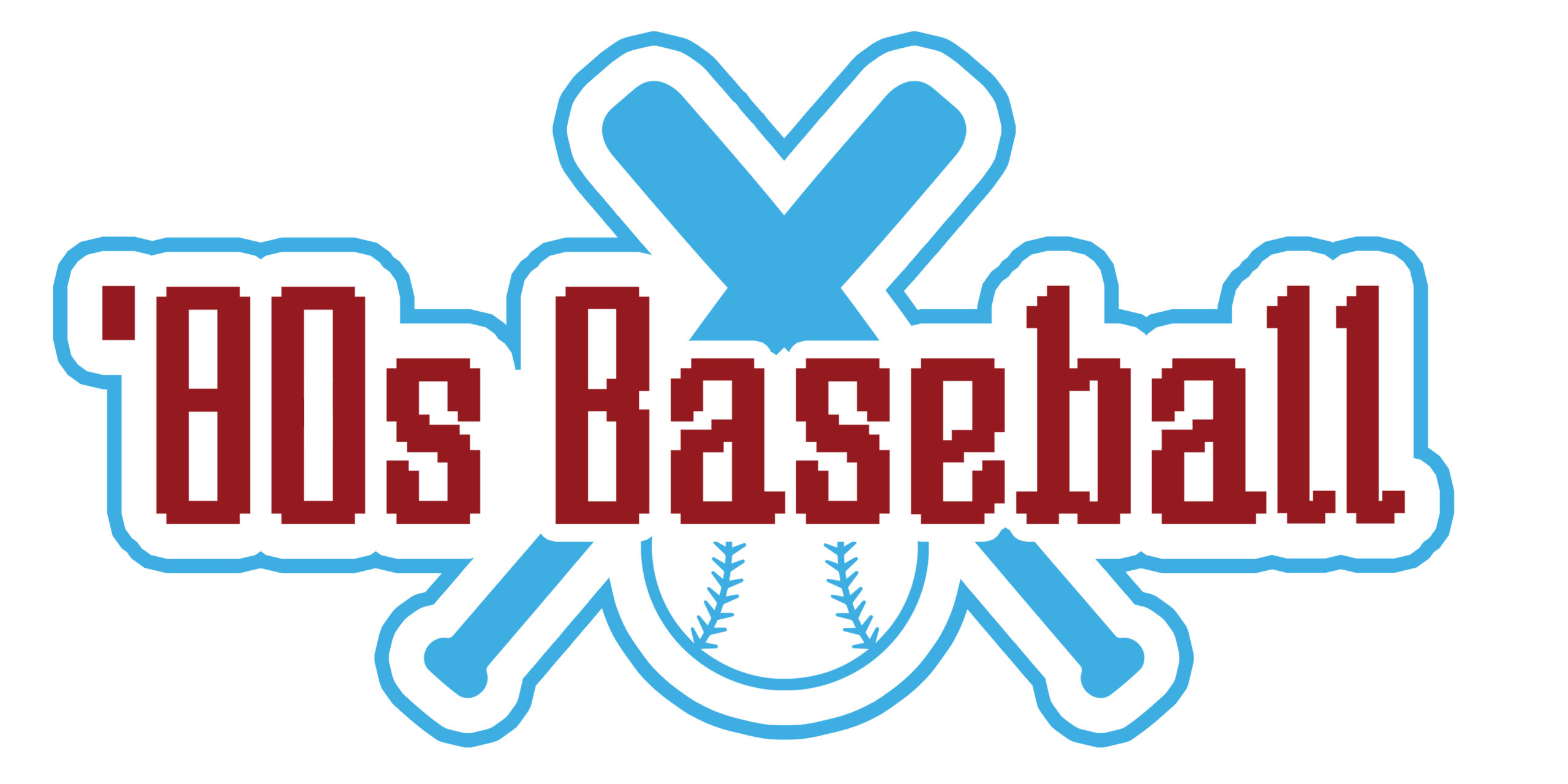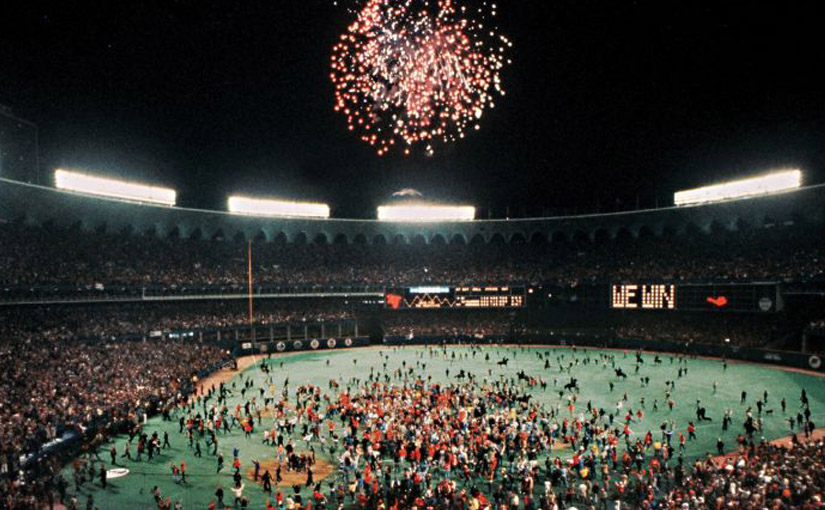Nearly every World Series has a turning point; a moment that shifts the balance in favor of one team or another. Be it Dickie Noles flipping George Brett in 1980, Kirk Gibson’s homer off Dennis Eckersley in 1988 or Kirk Gibson’s other homer off Goose Gossage in 1984, there is often one moment that defines a World Series.
The 1982 World Series was a classic, pitting two teams with contrasting styles. The speedy St. Louis Cardinals beat the slugging Milwaukee Brewers in a seven game series that featured blowouts from both teams and lots of drama. But a strong case could be made that the defining moment of the series took place in Montreal on June 8th, 1980.
 It was on that day, in between games of a double header, that Cardinals General Manager John Claiborne fired his manager, Ken Boyer. Jack Krol piloted the Cardinals in the second game, which they lost, and later that day Cardinals owner Auggie Busch introduced Whitey Herzog as his new manager at a news conference at his suburban St. Louis home.
It was on that day, in between games of a double header, that Cardinals General Manager John Claiborne fired his manager, Ken Boyer. Jack Krol piloted the Cardinals in the second game, which they lost, and later that day Cardinals owner Auggie Busch introduced Whitey Herzog as his new manager at a news conference at his suburban St. Louis home.
“(I was) so impressed with Whitey, I felt we had to make (a change) right now,” Busch said. “Something had to be done, in my opinion.”
The change didn’t sit well in the Cardinals clubhouse and the players voiced their displeasure, saying Boyer’s hands were tied because of the roster he was handed. “It doesn’t matter who’s managing if you don’t hit, pitch or field,” said Bob Forsch. Keith Hernandez agreed. “The worst team I’ve been on in the major leagues,” he said. “We are bad. The manager is only as good as his horses and we don’t have the horses.”
The lack of horses eventually led to Herzog taking over for Claiborne as General Manager in August of 1980. That’s where the seeds of the 1982 World Series were sewn.
The Winter Meetings
The changes began at the end of 1980 and they were major. Herzog signed free agent catcher Darrell Porter to a five-year deal worth $3.5-million. The only problem was that the Cardinals already had Ted Simmons behind the plate, along with highly touted youngster Terry Kennedy, but Whitey had a plan.
“I’m going to be amazing down there,” he said before heading to Dallas for the Winter Meetings. He was right. In addition to signing Porter, Herzog pulled off an 11-player deal that sent Kennedy and six other players to the Padres for Rollie Fingers, Bob Shirley and Gene Tenace.
The following day, Herzog traded Leon Durham and Ken Reitz to the Cubs for Bruce Sutter. The Cardinals now had two of the best relief pitchers in baseball but their dream bullpen didn’t last long. A few days later, Herzog flipped Fingers, along with Simmons and Pete Vuckovich, to the Brewers for Sixto Lezcano, Lary Sorensen, Dave LaPoint and uber prospect David Green.
“At the time, David Green was rated as the best prospect to come along in a long time,” Herzog said in his 1987 biography White Rat. “He was a big, fast, hard-hitting outfielder who could do it all.”
In the space of six days, Herzog made three trades involving 22 players and signed an all-star catcher. The remake of the Cardinals roster was nearly complete. But Herzog’s moves also benefited the Brewers, who left the Winter Meetings feeling like the team to beat in the American League.
“We’re definite contenders now,” said Milwaukee General Manager Harry Dalton. In addition to strengthening their pitching, the deal gave Milwaukee four players, Simmons, Cecil Cooper, Paul Molitor and Ben Oglivie, coming off a 1980 campaign in which they hit .300 or better.
The Moves Continue
Herzog wasn’t finished remaking the Cardinals, however. In June of 1981, He got pitcher Joaquin Andujar from the Astros in exchange for Tony Scott, then added Willie McGee that October and Lonnie Smith a month later. The final piece of the puzzle fell into place that winter.
 At the conclusion of the season, Herzog flipped Garry Templeton to the Padres for Ozzie Smith; another deal that didn’t look great in the stat sheet initially.
At the conclusion of the season, Herzog flipped Garry Templeton to the Padres for Ozzie Smith; another deal that didn’t look great in the stat sheet initially.
Templeton was one of the better hitters in the National League, while Smith’s bat was lacking at the time. But Smith was already established as a top-flight fielder and Templeton had also worn out his welcome in St. Louis, thanks to an ugly incident during the 1981 season where he made an obscene gesture to the home crowd. He had to go.
When Herzog took over the Cardinals on June 8th, 1980, he inherited a team that was, in his words, “…a bunch of prima donnas, overpaid SOBs who ain’t ever gonna win a goddamned thing.”
Twenty-eight months and a significant housecleaning later, they were World Champions.


